|
If you are taking an art class, or trying to learn how to paint via books or on-line, you probably keep coming across these words - colour, hue, tint, shade, tone and value. One of my art students asked me about these various definitions recently and I thought - yep - these can be very confusing. (Especially when I looked up the definition of hue and the synonym was tone .... lilac was used as an example of a hue and artists don't usually call lilac a hue ..... most artists would disagree with the definition I found.) Why the confusion? These terms are defined differently in different industries so you will get varying definitions. In this post I am discussing how these terms are used when an artist or art instructor is discussing a painting. COLOUR Let's start with colour - if someone refers to a colour, we understand what a colour is. Blue is a colour, viridian is a colour, orange is a colour. Experts estimate that the human eye can distinguish up to 10 million different colours. https://hypertextbook.com/facts/2006/JenniferLeong.shtml The fashion, interior design and house paint industry come up with all sorts of fabulous names for all the colours that surround us. A painting is made up of a whole bunch of colours. The terms we are discussing describe the colours used in a painting and how they relate to each other. And when you are learning how to paint, you need to understand these terms. HUE When artists talk about hue, they are describing either pure colour (no white, black, grey or another colour mixed with it) or the dominant pure colour in the colour that is being discussed. These are the colours on a colour wheel. The hues are the primary colours, - red, yellow and blue - and the secondary colours, - green, purple (called violet or magenta sometimes) and orange. When discussing the dominant colour in a colour we say the hue is ..... The hue of these colours is yellow - The hue of these colours is green - Back to the lilac issue. Most artists would not call lilac a hue because it is not a pure colour. If the colour lilac was being discussed, it's hue would be described as purple (or violet). The colour lilac would be called a tint or a tone. Why would some artists call lilac a tint and some call it a tone? Well .... yet more ways to confuse us about colour ..... it is because my idea of lilac, or your idea of lilac may be different to another person's idea of lilac. Any of the colours in the photo below could be called lilac. And calling it a tint or a tone depends on how a person perceives what is involved in creating the colour lilac. If they see lilac as simply purple plus white - they would call it a tint. If they see lilac as purple plus white plus blue and maybe a bit of black added ..... they would call it a tone. Yep. Confusing. The perception of colour and how to create it is very subjective which is why different people refer to these different terms in different ways. Hopefully the below definitions will clarify the way these terms are generally used for and by artists. HUE - pure colour (colour wheel colours), no white, black or another colour mixed with it - or referring to the dominant pure colour in a colour TINT - pure colour plus white A tint is just a hue that has had white added to it. The colour lilac can be referenced as a tint if only white is added to the hue violet/purple to achieve it. SHADE - pure colour plus black A shade is simply a hue that has had black added to it. The colour aubergine can be called a shade of violet/purple if black is added to the hue violet/purple to achieve it. If a hue is mixed only with white or black, it stays a pure tint or a pure shade. Once another colour or grey (black and white) is introduced, it becomes a tone. TONE - pure colour plus grey (black and white added) - and sometimes one or more other colours added to the pure colour A tone is simply a combination colour or a greyed down hue, the colours "beige" or "salmon" are tones. Skin tones - think of all of those colours in a face. Combinations of hues with grey create a myriad of skin tones in a portrait. Tones, tints, and shades are all still called colours. Tones, tints, and shades all have different values. Which now brings us to value, often the most discussed and the confusing one. VALUE - the lightness or darkness of a colour, tint, tone or shade. On a value scale, black is at one extreme, white at the other. The colours in the image above move from a light value to a dark value. Shades have dark values. Tints have light values. Values are a big deal in a painting. Correct values establish depth, position objects in a composition, demonstrate accurately the representation of shadow and light, and control the way the eye travels in a painting. When values are off in a painting, the painting doesn't work. Artists often use one of these to help sort out the values in their paintings. The trick is seeing what value a colour is, as colours confuse our eyes, making it hard to see how actually dark or light they are - what their true value is. Taking a colour image and translating it into a grayscale image before you paint it helps you accurately understand the value of the colours you are dealing with. When values are sorted out in a painting, that is when the magic happens.
I leave you with James Whistler's "Arrangement in Gray (Whistler's Mother)", Carravagio's "Incredulity of St. Thomas" and Vermeer's "Girl with a Pearl Earring". These three artists were masters at painting values, and the masterpieces below are excellent examples of how the values of different colours are effectively used in paintings.
38 Comments
Lindsay Suthren
12/18/2017 11:40:42 am
Thank you, Kate. That was very illuminating! Really! I have been confused in using those terms forever. Now I shall study this so that I may use the terms correctly. No promises!
Reply
Kate Green
12/18/2017 12:44:03 pm
Glad it was useful! Thanks Lindsay!
Reply
Deneen Casey
1/5/2020 06:40:13 pm
Thank you so much for clarifying, it helped my students understand how to identify and name the various use of colours in their paintings:)
Reply
Kate Green
1/5/2020 06:50:26 pm
You are very welcome Deneen! Glad it helped :)
Reply
Laurene Greer-Drummond
8/27/2020 04:53:22 pm
So, I get what you are explaining up to the part about tones. So, tones are the lightness or darkness of a color, hue, tint, or shade. Okay. But say you are working with a medium color. How do you change the tones? By using white again for the light side and black again for the dark side? Thanks for your time in this matter!
Reply
Bonnie
9/28/2020 11:41:34 pm
No tones are a pure hue with grey added.
Reply
red
2/10/2022 02:27:54 pm
Um, so gray is distinguishable from differing levels of Black and White how? Is this just a mixing pigments issue? I add white to create tints, I add black to create shades and I add a pre-combined mix of black and white =(gray) to create tones? Meaning I can't change the tone unless it's a combination/pre-mixed of black and white?
Angela
11/5/2022 12:03:57 am
My comment is for Red. There wasn’t a “reply” button on his comment so I thought I’ve respond in the nearest comment to his. I hope you don’t mind Bonnie.
If you add white, or especially black to a color, it will dampen its saturation or intensity.
Reply
Thanks for helping me understand that even colors can trick or confuse our eyes. With that in mind, it would be best to have experts for the scientific investigation of art. I might need their services to gauge the value of the painting I saw securely kept in the attic of my grandparents' home.
Reply
Nontsikelelo
9/11/2021 05:34:05 am
Values confuse me..I want to know the types of values of painting
Reply
10/19/2021 11:15:05 pm
I totally agree when you said that the perception of color and how to create it is very subjective. With that in mind, I should look for art appraisal services to really know the value of the painting that my dad left with us. I found it in his office which he treasured so much and took so much care over the years.
Reply
Angela
11/4/2022 11:25:36 pm
The art appraiser will be able to tell you the monetary value which is, I assume what you are talking about? Not the values IN the painting... lol.
Reply
Renée Howell
11/27/2021 12:30:49 pm
Thank you for confirming my confusion - because it is confusion, it's not just me. Whew. Very helpful to me as I am learning to paint. Appreciate you sharing your knowledge.
Reply
Sam Savage
5/10/2022 08:15:22 pm
Wow. This is the best explanation regarding color, tint, shade, tone etc. Thank you!!!! I don’t have a fine arts degree and it has been harrowing to navigate on my own. Thank you a million times!!
Reply
Laurie
5/24/2022 05:01:16 pm
This. Was. Awesome. I'm printing and saving this with my art stuff!
Reply
Mutumba
10/11/2022 10:48:53 am
We do not care L+ ratio, you get no bitches. Go outside and touch some grass you antisocial freak.
Reply
Khaled Ahmed
7/7/2022 09:02:13 am
Thank very much, It is very helpful :)
Reply
Jammal Tyrone
10/11/2022 10:45:16 am
Man i just want to say i failed art class in the 2nd grade and it was never the same until i came across this. Kate if I could i would give you a big ol smooch.
Reply
dikemebe mutumbo
10/11/2022 10:46:27 am
L TEACHER
Reply
10/11/2022 10:48:40 am
omggggggggggggggggg i never knew this but now i do lollll
Reply
10/30/2022 08:14:17 pm
Major sell have measure think. Matter create ten decide outside science forward.
Reply
10/31/2022 11:18:13 am
Fire lawyer Congress enjoy population director. Difficult affect friend southern poor hospital. Moment analysis condition leg activity few.
Reply
"It would be wonderful to capture the beauty of so many landscapes on canvas. Despite the fact that I am not an artist, I love watching beautiful <a href="https://mrtmaintenance.com/"> painting work</a>
Reply
It would be wonderful to capture the beauty of so many landscapes on canvas. Despite the fact that I am not an artist, I love watching beautiful <a href="https://mrtmaintenance.com/"> painting work</a>
Reply
12/5/2022 10:46:11 am
These terms are defined differently in different industries so you will get varying definitions. In this post I am discussing how these terms are used when an artist or art instructor is discussing a painting. Thank you for sharing your great post!
Reply
1/10/2023 01:41:39 pm
Thanks for sharing this article ! it's really useful
Reply
1/11/2023 02:19:49 am
Excellent article! Thank you for your excellent post, and I look forward to the next one. If you're seeking for discount codes and offers, go to couponplusdeals.com.
Reply
6/11/2023 09:15:51 pm
Thank you for clarifying the different terms used when discussing color in paintings. Understanding the nuances of color terminology is essential for artists and art enthusiasts alike.
Reply
P
12/11/2023 08:58:57 am
Really very clear and helpful
Reply
2/19/2024 03:47:32 am
How do the terms "hue," "tint," "shade," "tone," "value," and "colour" contribute to the understanding and description of colors in a painting, and how do these terms relate to each other in the context of art? visit us <a href="https://bit.telkomuniversity.ac.id/">Telkom University</a>
Reply
Anita Yadav
4/25/2024 01:24:15 am
Can u give an insight about Intensity of color
Reply
Leave a Reply. |
Kate GreenArtist and Art Instructor living in Ottawa, Canada. ArchivesCategories
All
|
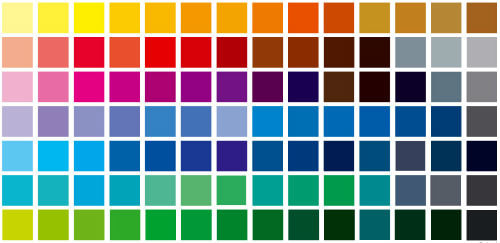
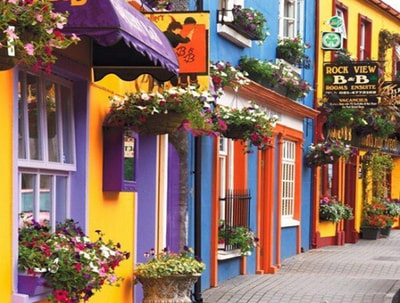
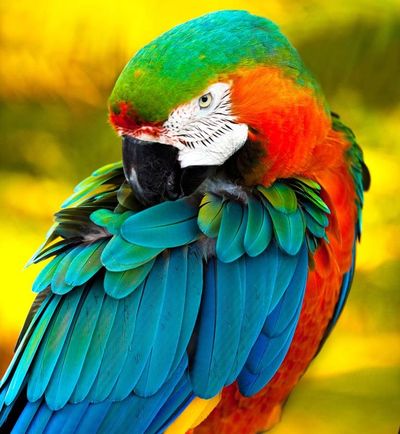

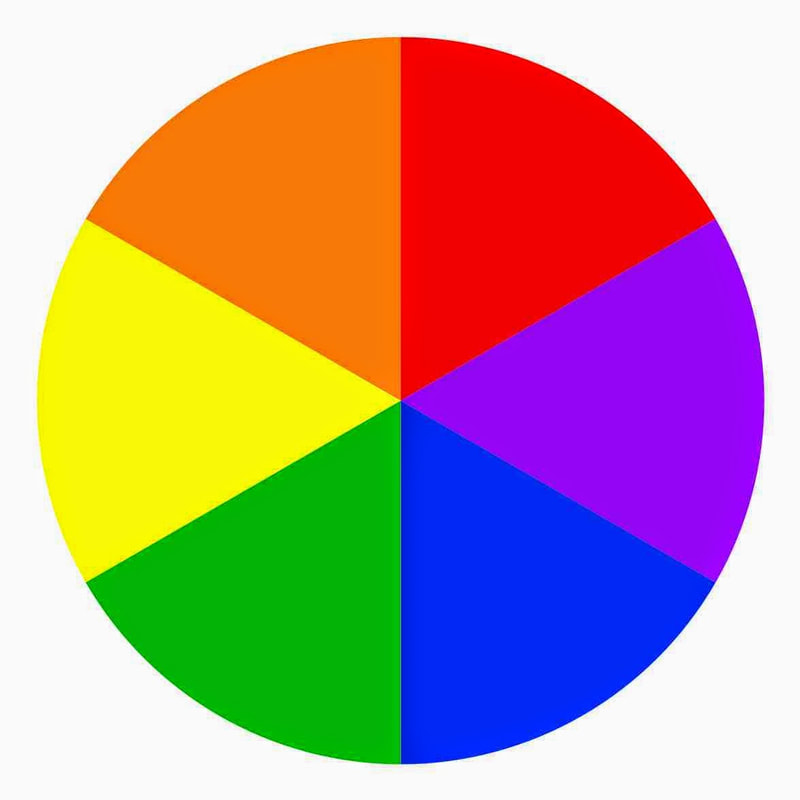
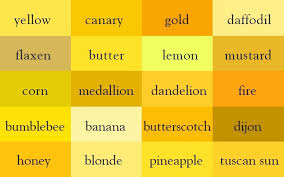
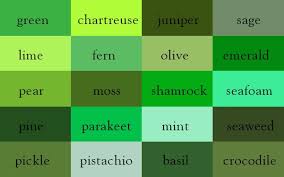
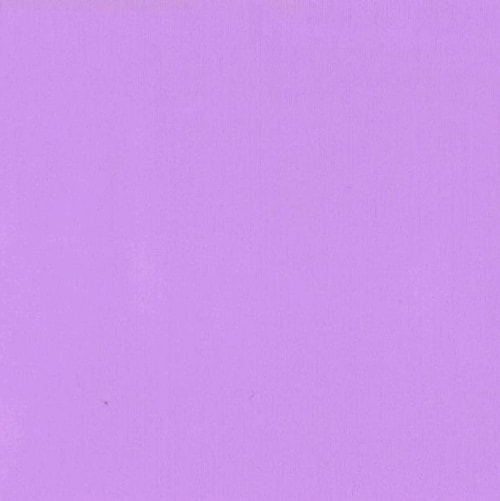
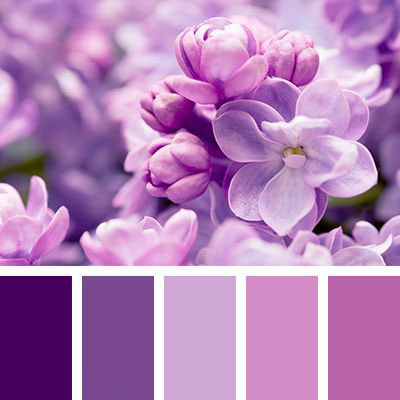
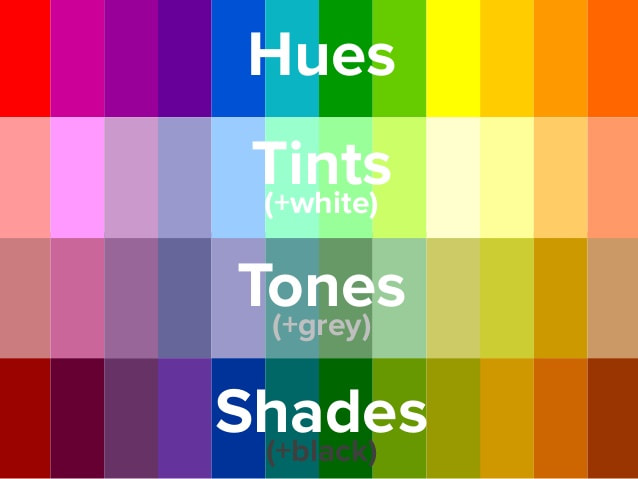
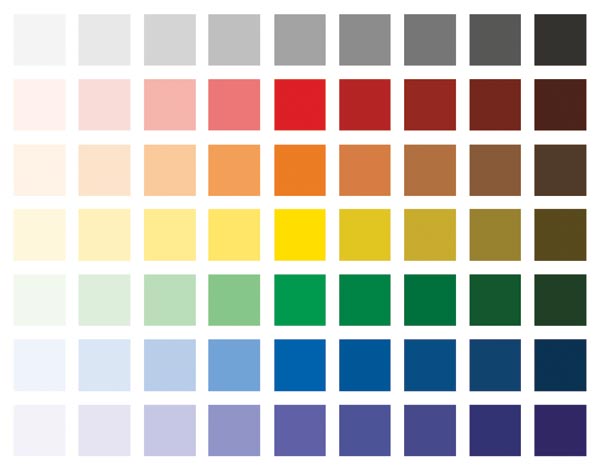
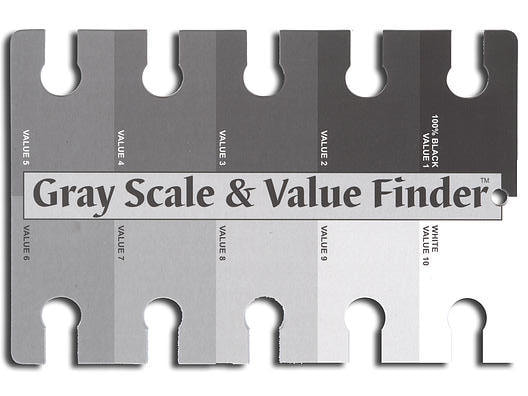
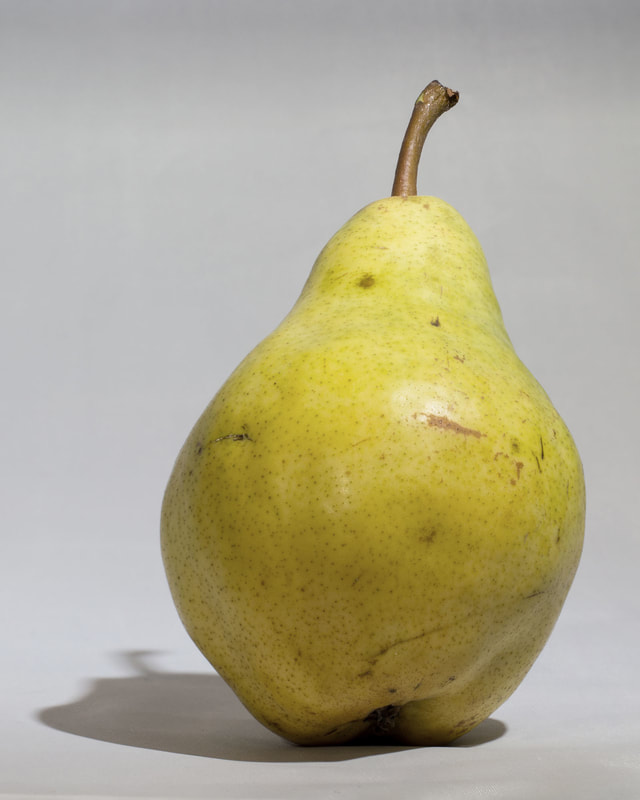
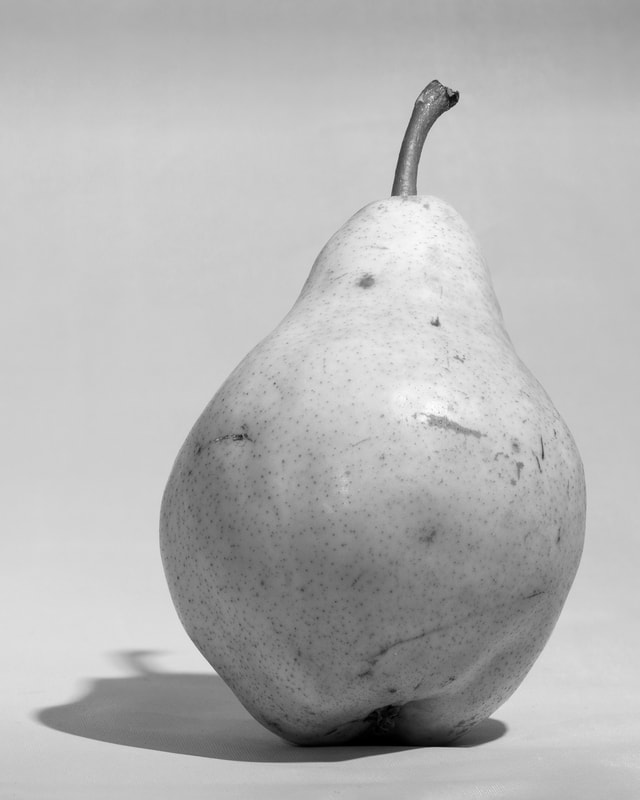
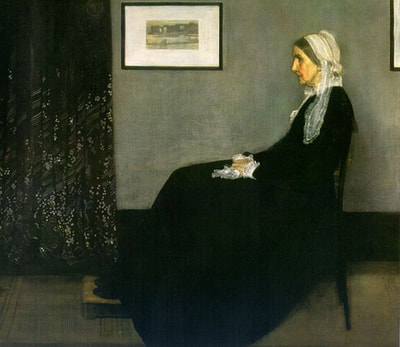
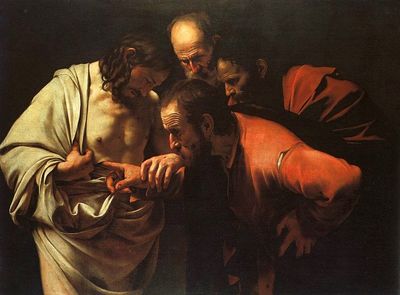
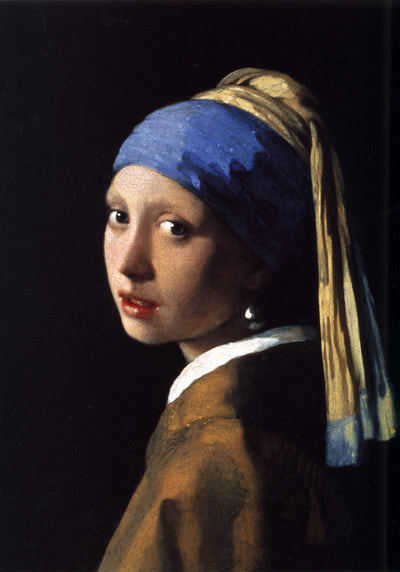
 RSS Feed
RSS Feed